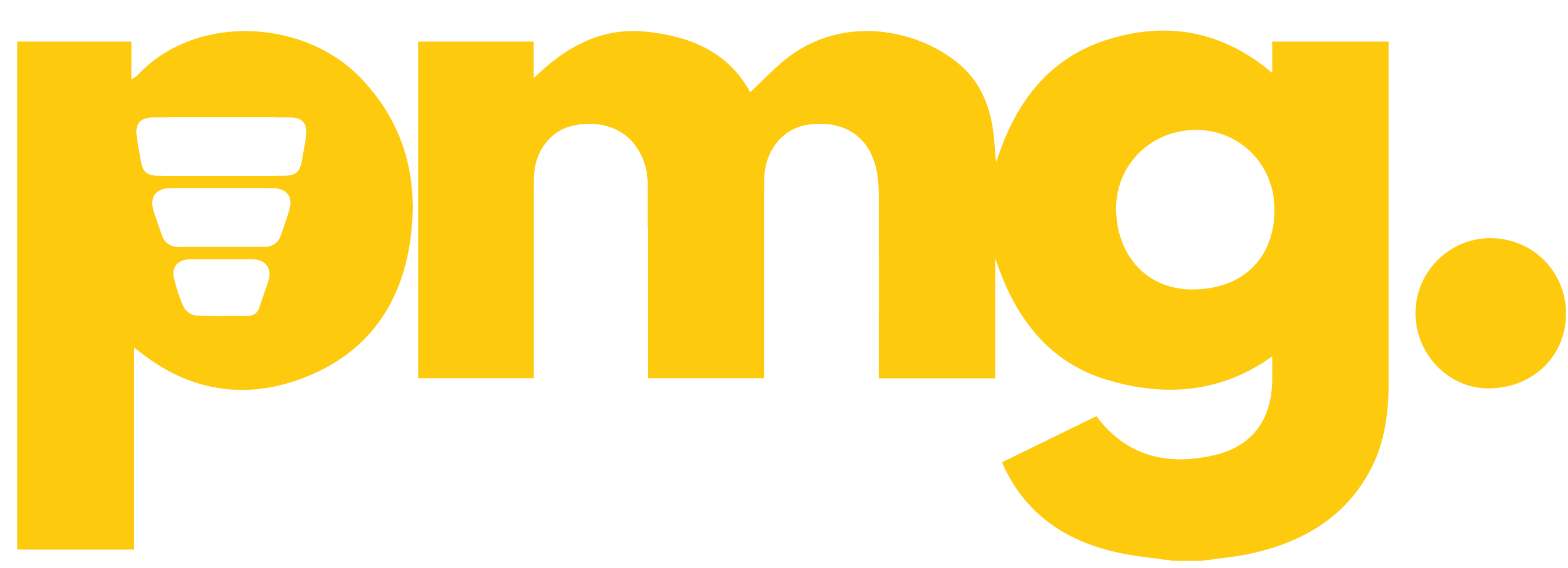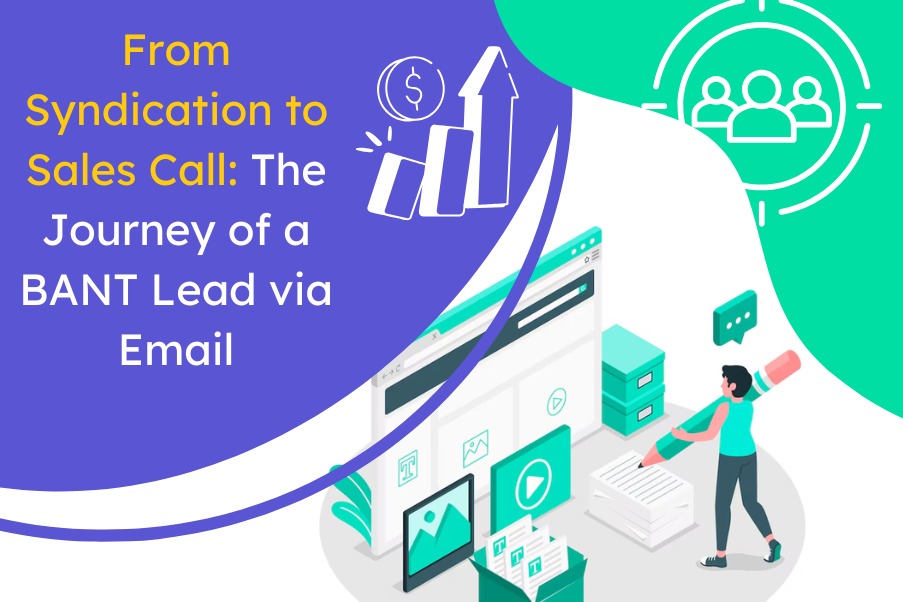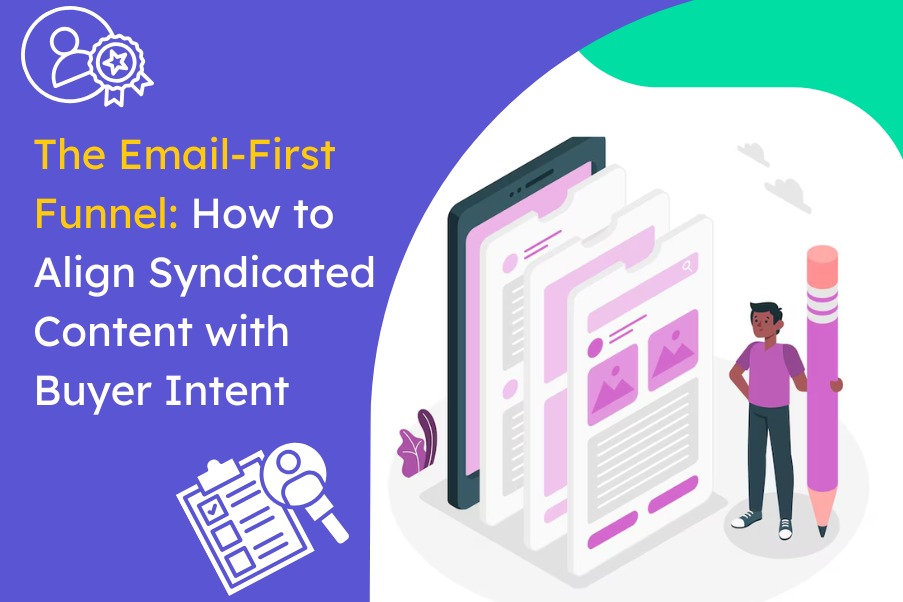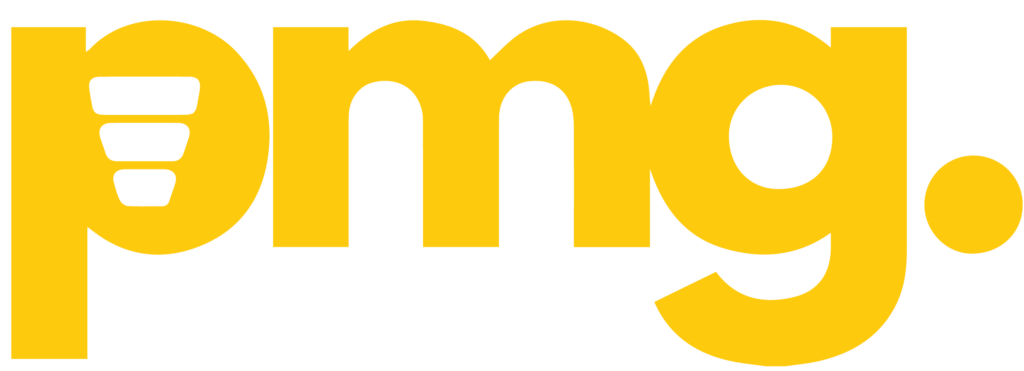From Syndication to Sales Call: The Journey of a BANT Lead via Email
Lead generation is the first step toward building lasting relationships and driving sales. Not all leads hold the same potential. To ensure that sales teams focus their efforts on the most promising prospects, methods like BANT lead generation have emerged as crucial tools. BANT (Budget, Authority, Need, Timing) helps to qualify leads based on their readiness to purchase, ensuring that only the most relevant prospects are pursued. While content syndication can help you capture a wide range of leads, email marketing plays a vital role in nurturing these leads from their first engagement to becoming sales-ready.
In this guide, we’ll explore the significance of BANT lead generation, how email automation supports the lead lifecycle, and why email remains essential for qualifying and converting leads.
What is BANT Lead Generation?
BANT is a method used in B2B marketing and sales to qualify leads, that means figuring out whether a potential customer is truly ready and able to buy what you’re offering. It stands for:
- Budget – Does the prospect have the money to buy your product or service?
- Authority – Is this person the decision-maker, or can they influence the buying decision?
- Need – Do they actually need what you’re selling? Will it solve a real problem for them?
- Timing – Are they ready to make a purchase now or soon, or is it something for the distant future?
When a lead meets all four BANT criteria, they’re considered sales-ready—which means your sales team can confidently follow up with them, knowing it’s not a waste of time.
The Role of Content Syndication in Lead Generation
Content syndication plays a crucial role in lead generation by helping businesses expand their reach beyond their own channels. It involves sharing high-value content like whitepapers, case studies, and eBooks on third-party platforms to attract a broader, yet targeted audience. This approach is especially effective for generating top-of-funnel leads i.e. people who have shown initial interest by engaging with your content. However, there’s a challenge: these leads are often cold. While they’ve interacted with your content, they’re typically not ready to make a purchase or speak to sales just yet. That’s where email marketing steps in as a powerful follow-up strategy. Through personalized, value-driven email nurturing, you can educate, engage, and gradually qualify these leads, guiding them from interest to intent ultimately turning them into warm, sales-ready prospects.
Mapping the Lead Lifecycle with B2B Email Automation
Once a lead is captured through content syndication, it doesn’t immediately become a sales opportunity. Instead, it enters what’s known as the content funnel a structured, step-by-step journey that moves the lead from initial awareness to taking meaningful action (like speaking with your sales team).
This is where B2B email automation plays a critical role. At each stage of the lifecycle, automated emails are used to nurture the lead, provide value, and gradually qualify them. Here’s how it works:
1. Awareness Stage
At this point, the lead has just downloaded your content and may be learning about your brand for the first time. Automated welcome emails are sent to introduce your company, reinforce your expertise, and offer related content. The goal here is to build trust and familiarity.
2. Consideration Stage
Once the lead starts engaging with your emails, it’s time to move them further down the funnel. Send educational emails that address common challenges, explain use cases, or compare different solutions. You’re helping the lead understand how your offering solves their problems and nudging them to consider it seriously.
3. Intent Stage
Now the lead is showing more interest. This is the stage where you focus on qualifying them. Use targeted emails with calls-to-action (CTAs) that invite them to attend a webinar, take an assessment, or fill out a quick survey. These interactions help you gather valuable BANT information like their budget, decision-making authority, need, and purchase timeline.
4. Decision Stage
If the lead meets your BANT criteria, they’re now considered sales-qualified. At this point, your email automation can trigger a handoff to the sales team for direct follow-up, such as a personalized outreach or a discovery call.
Designing a Strategic Nurture Journey
A strategic nurture journey is the vital link between a lead simply engaging with your content and becoming truly sales-ready. It’s about delivering the right message, to the right person, at the right time guiding them step-by-step toward a purchase decision. With the power of email automation, this journey can be both personalized and scalable, adapting to how each lead behaves and what they need.
Here are the key elements that make an effective nurture journey:
1. Segmentation Based on Engagement Levels
Not all leads are equal. Some may open every email and click through, while others may be barely active. By segmenting leads based on their engagement behaviors, you can tailor your messages i.e. sending more aggressive offers to highly engaged leads and re-engagement campaigns to colder ones.
2. Progressive Profiling for BANT Data
Rather than asking for all information upfront, progressive profiling lets you gather data gradually through forms, surveys, or gated content interactions. Over time, this helps build a full BANT profile (Budget, Authority, Need, Timing), which is crucial for sales qualification.
3. Behavior-Triggered Emails
Automation allows you to send emails based on what a lead does (or doesn’t do). For example, if someone downloads a product guide, they might receive a follow-up email with a case study. These triggered emails ensure your messaging remains timely, relevant, and helpful keeping leads engaged.
4. Lead Scoring and CRM Integration
As leads engage with your content, their actions (like email clicks, downloads, webinar sign-ups) contribute to a lead score. When integrated with your CRM, this score gives your sales team a clear signal of who’s ready to be contacted. Once a lead reaches a predefined threshold and meets BANT criteria, they’re automatically handed off to sales.
Why Email is Still Essential in BANT Lead Generation
Even with the rise of new marketing channels and tools, email remains one of the most effective and personalized ways to nurture leads, particularly when using frameworks like BANT (Budget, Authority, Need, and Timing). Here’s why email continues to be crucial in lead generation:
1. Consistently Engage Over Time
Email allows you to maintain consistent contact with leads over weeks, months, or even longer. Unlike social media or paid ads, which require continuous budget investment or can be easily overlooked, email keeps you in the inbox of your leads. By sending regular, valuable content, you can keep your brand top of mind and gently move leads through the sales funnel.
2. Deliver High-Value, Tailored Content
With email, you can personalize your messaging based on the lead’s behavior, interests, and stage in the buyer’s journey. This means you’re not just sending generic content but curating high-value resources (like whitepapers, case studies, or blog posts) that speak directly to their challenges and needs. Personalized emails are far more likely to engage leads and drive deeper interest.
3. Qualify Leads Without Being Intrusive
Email lets you qualify leads at scale while respecting their space. Through progressive profiling, surveys, or well-placed questions, you can gather essential BANT data (such as budget, decision-making authority, and needs) without requiring a direct sales conversation. This gives you valuable insights into the lead’s readiness without being pushy or intrusive.
4. Drive Action with Timely CTAs
A well-crafted email includes a clear call-to-action (CTA) that drives the lead to take the next step. Whether it’s registering for a webinar, downloading a case study, or taking a product demo, email allows you to time these CTAs effectively, prompting the lead to act when they’re most likely to be interested. By using triggered emails based on lead behavior, you can ensure the right action is requested at the right moment.
Conclusion:
In conclusion, BANT lead generation provides a structured, effective framework for identifying and qualifying leads that are most likely to convert. Through content syndication, you can cast a wide net, attracting leads from various sources, but it’s the power of email marketing that truly accelerates the journey from initial interest to a sales-ready prospect. By leveraging email automation, personalized content, and BANT qualification, you can build a tailored nurture journey that guides leads through awareness, consideration, intent, and decision-making. In a crowded marketing landscape, email continues to prove itself as an irreplaceable tool, offering a consistent, cost-effective, and personalized approach to engage, qualify, and ultimately convert your most promising leads into loyal customers.
Ready to elevate your lead generation strategy? Reach out to PMGB2B today for expert insights and customized solutions to streamline your B2B lead qualification process and drive better results.




